“The sequestered situation of this church seems always to have made it a favorite haunt of troubled spirits. It stands on a knoll, surrounded by locust, trees and lofty elms, from among which its decent, whitewashed walls shine modestly forth, like Christian purity beaming through the shades of retirement.” - "The Legend of Sleepy Hollow", Washington Irving I finally got back to the Hollow this week during daylight to walk the historic grounds of the Sleepy Hollow Cemetery and the The Old Dutch Church, the oldest in the country (estimated at 1685). A beautiful site with gently rolling hills, loads of foliage, and varying styles of stone work, this place is both a living work of art and of history. Washington Irving, the author of “The Legend of Sleepy Hollow” is buried here. I thought he’d have one of the house-like mausoleums in the cemetery considering how well he was known even in his own time. He was a lawyer, historian and diplomat on top of being a creative writer. Not bad for never going to college and being the 11th child of a sizable family. Not resting in a mausoleum, Irving’s modest tombstone is in his family plot at the cemetery. “The immediate cause, however, of the prevalence of supernatural stories in these parts, was doubtless owing to the vicinity of Sleepy Hollow. There was a contagion in the very air that blew from that haunted region; it breathed forth an atmosphere of dreams and fancies infecting all the land.” This is the 200th anniversary of the publication of the tale of the creepy headless ghost that would haunt the dirt roadways of the town at night. The story was published as part of a compilation called The Sketch Book of Geoffrey Crayon, Gent. in March 1820. This is such a classic spooky tale that has not only survived as a Halloween staple it has inspired TV shows and multiple movies like Tim Burton’s version in 1999. The town is definitely developed, but historic sites like the Sleepy Hollow Cemetery and the Old Dutch Church seem frozen in time. I went on a beautifully overcast day that was not too hot nor too cold, just Goldilocks perfect, and quiet for Halloween season. I even found the Van Tassel plot by pure chance - the family whose daughter Katrina plays such a part in the story. “It was, as I have said, a fine autumnal day; the sky was clear and serene, and nature wore that rich and golden livery which we always associate with the idea of abundance.” Tea in America in the Early 19th Century |
AuthorCassandra Vincent CategoriesAll Classic Tea Flavored And Funky For Love Of Tea Herbs Infusions Lifestyle And Health Matcha Meditative And ASMR Sessions Recipes And Uses Specialty Tea Brands Spices Tea Accessories Tea Adjacent Tea And... Tea And A Laugh Tea And Art Tea And Holidays Tea And Music Series Tea And TV Tea Around The World Tea Cocktails Tea Events Tea In Film Tea In History Tea Innovations Tea Pros Tea Shops/Shops With Tea Tea Types Teaware |
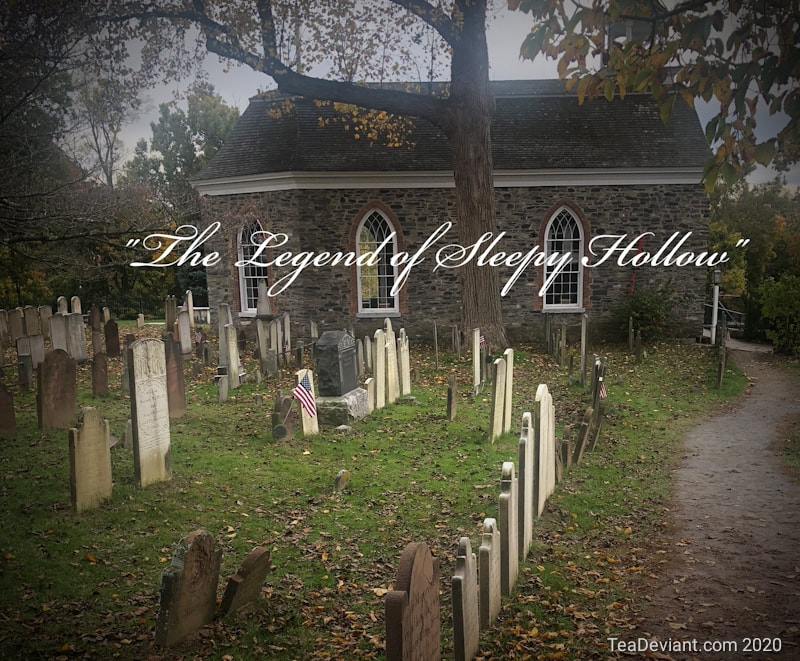
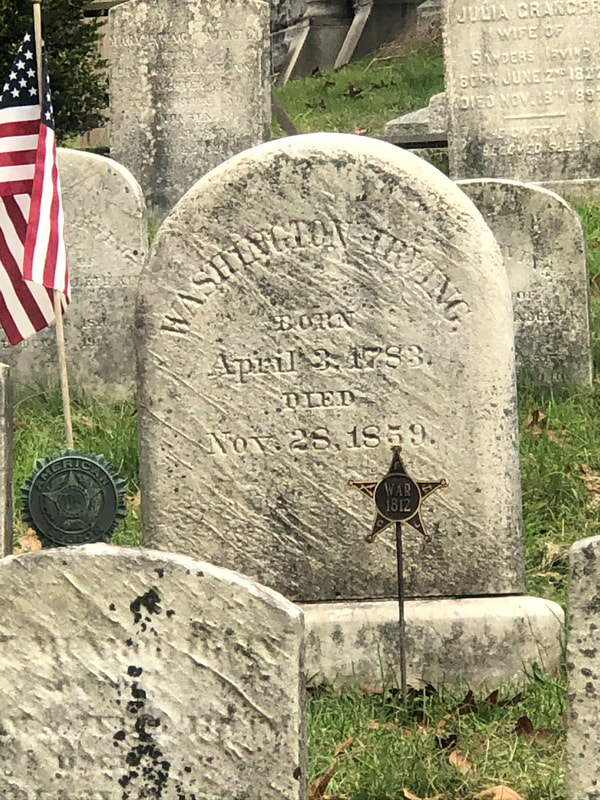

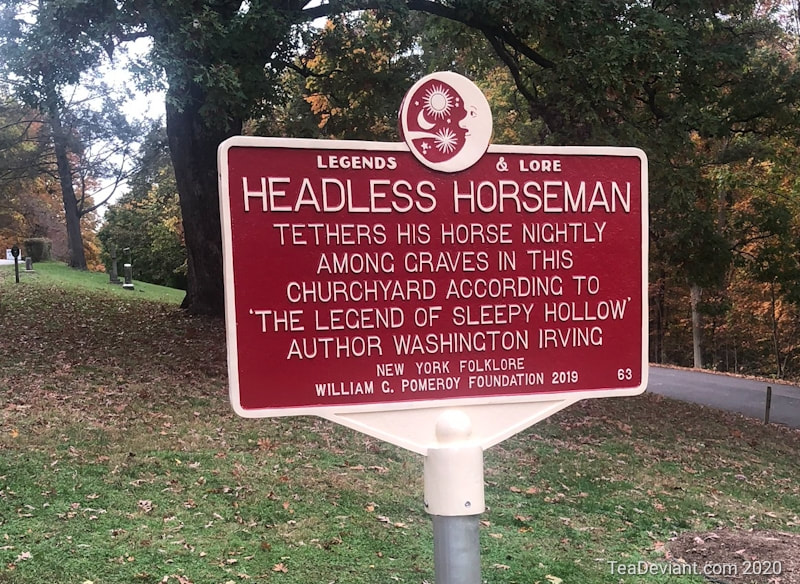
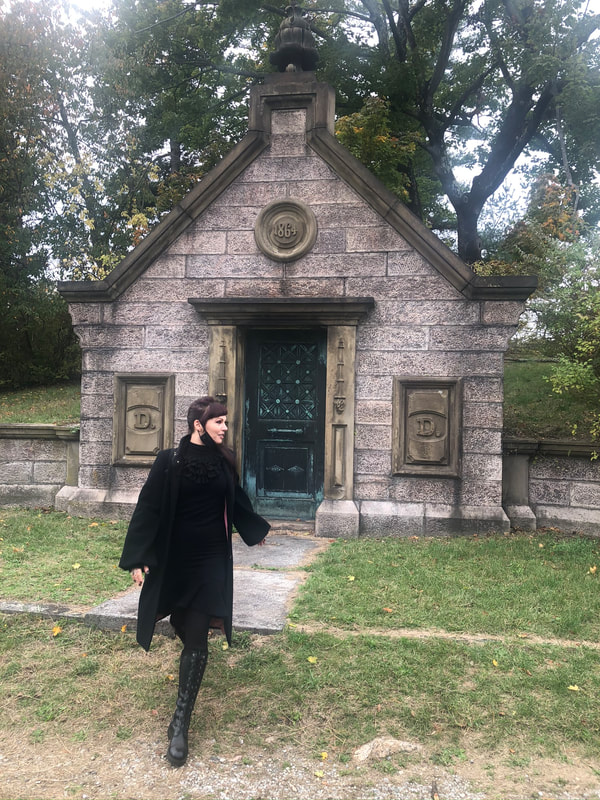
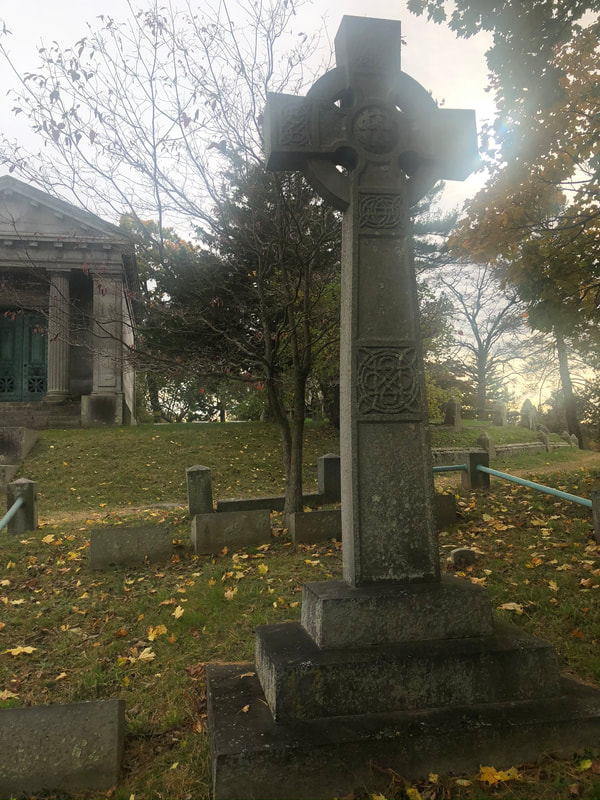

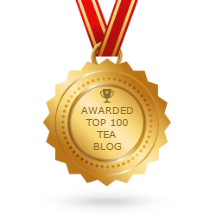
 RSS Feed
RSS Feed